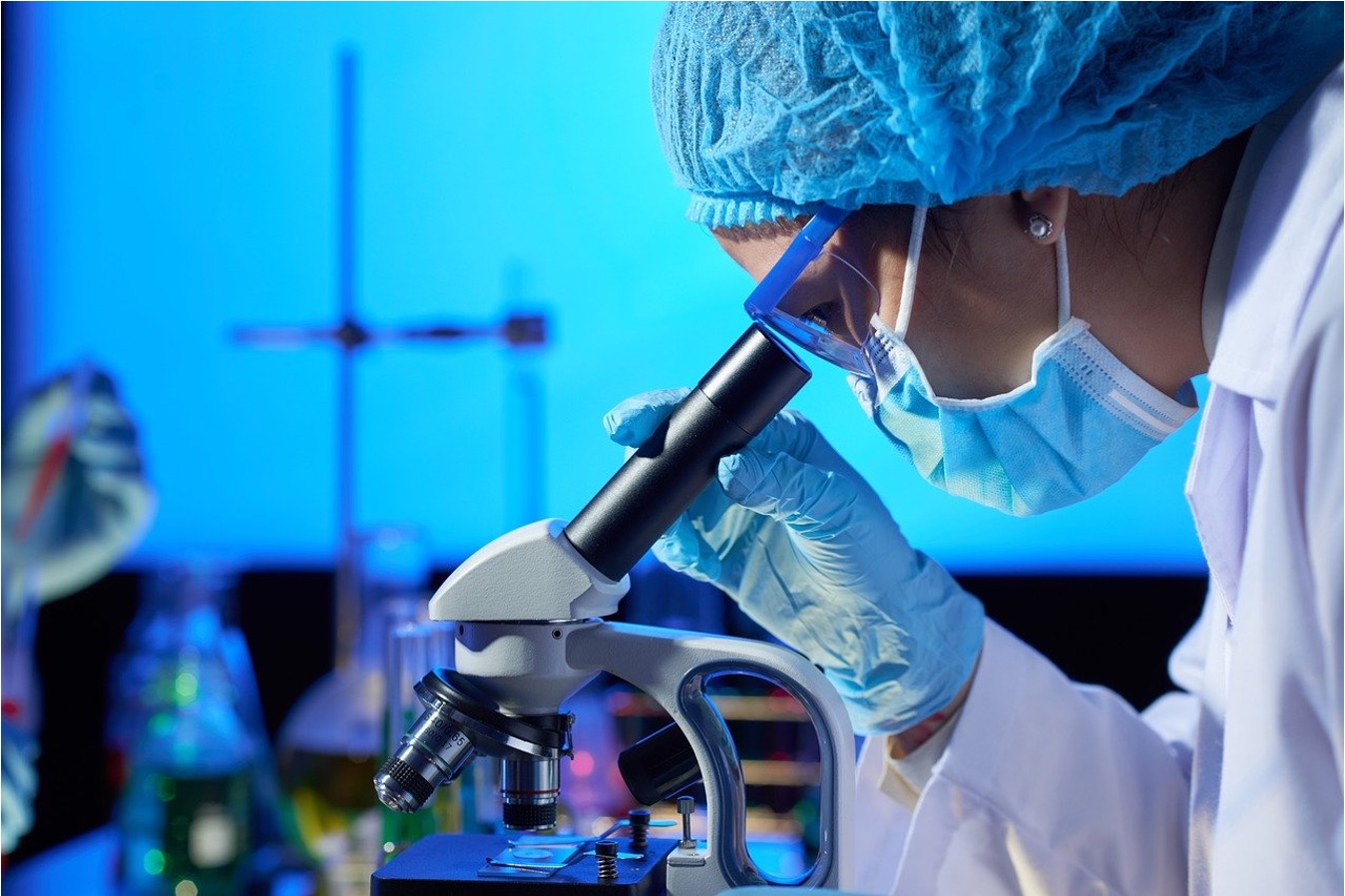



Instruments and Reagents for Biochemical Analysis
Biochemical diagnosis is often used for the testing of basic items such as liver function, kidney function, blood glucose, and blood lipid. By measuring the content (activity) of specific biochemical substances, people's physical conditions can be assessed and the relevant causes can be identified.
Biochemical diagnosis developed early in China and has always been a routine test item in hospitals for many years. Based on the statistical data of registration certificates of the China Food and Drug Administration, there are more than 200 enterprises related to clinical chemistry and more than 100 biochemical testing items in China. The data show that the market size of the biochemical diagnosis industry was about 16 billion CNY in China in 2019; however, as the domestic biochemical diagnosis market tends to mature, the overall import substitution rate has reached 55%. Moreover, partial technologies such as chemiluminescence have been substituted, and the growth rate will gradually slow down in the future, maintaining or even lower than 5%. The biochemical diagnosis industry has entered the Red Sea market.
In terms of the market structure, the market share of biochemical diagnosis ranks the second in the market segments of China's IVD industry; however, the biochemical diagnosis has the features of mature technology, simple operation, short analysis time, low-test cost, etc. For example, if the routine items such as blood glucose, blood lipid, cholesterol, and enzymes are tested by the chemiluminescence method, a series of preliminary preparations are required, such as cleaning the sample, to screen out the interfering factors. Therefore, the biochemical diagnosis will not be replaced, although its market share had dropped from the first place to the second place in the in vitro diagnostic (IVD) market.
In terms of domestic substitution, biochemical diagnostic reagents have become the most mature segment of the IVD industry in China after more than 30 years of development, and the overall technical level is basically comparable to the international level of the same period. Although there is a gap in the detection accuracy and stability with the imported products for the biochemistry analyzers with relatively high technical requirements, the domestic products are still competitive. The domestic substitution of biochemical diagnosis takes the lead and the domestically produced chemical reagents account for more than 70%, which have entered Grade lI Level A, and Grade III Level A hospitals. Presently, about 2/3 of the market share has been occupied by domestic brands. Meanwhile, some companies that can compete with international giants have emerged, including Beijing Strong Biotechnologies, Inc. (BSBE), Medicalsystem Biotechnology Co., Ltd. (Medicalsystem), Beijing Leadman Biochemistry Co., Ltd. (Leadman), BioSino Bio-Technology & Science Inc. (BioSino), Shanghai Kehua Bio-Engineering Co., Ltd. (KHB), Maccura Biotechnology Co., Ltd. (Maccura), Zhong Yuan Bio-Technology Co., Ltd. (ZY Biotech), etc.
In terms of the market situation, biochemistry analyzers with independent intellectual property rights have been developed in China since the mid-1970s, but their quality is not good enough and unsatisfactory. Even if it developed to the stage of R&D prototype, no product has been put on the market in the end; most of biochemistry analyzers used in China are imported. Since the 1990s, through unremitting efforts, various types of semi-automatic and automatic biochemistry analyzers have been independently developed in China. So far, a number of domestic enterprises have developed high-speed automatic biochemistry analyzers (for example, 2000T/H), which are comparable to the international level. However, we should be aware that there are still many deficiencies and "key & core technologies" in the industry and the domestic market is still occupied by the multinational giants, mainly because the biochemical instruments involve the optical, mechanical, electrical, soft, liquid circuit, temperature control and biochemical analysis technologies, the system structure is complicated, the control sequence is strict, the operational reliability and accuracy are high, etc. Currently, the domestic substitution rate of biochemical instruments is about 30%. The domestic biochemical instrument enterprises represented by Mindray, KHB, and Dirui mainly focus on the middle and low-end markets, while more domestic enterprises focus on the low-end markets.
Presently, the biochemical diagnosis market is close to the Red Sea market. Although the growth rate drops, the volume of the biochemical market cannot be ignored and is still in the second place in the IVD industry. In the future, the biochemical diagnosis market needs the integration capability of biochemical enterprises to form integrated supply. For example, BSBE, ZY Biotech, Medicalsystem with the biochemical diagnosis as the main business, will continue to work with foreign giants, and ultimately a high-end blue sea market will be formed in the biochemical industry.
Last: In Vitro Diagnostic Industry in China - Immunoassay
Next: In Vitro Diagnostic Industry in China - Clinical Chemistry II